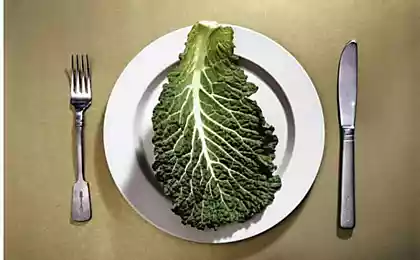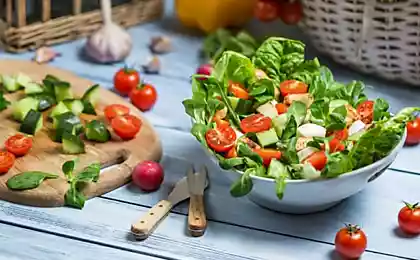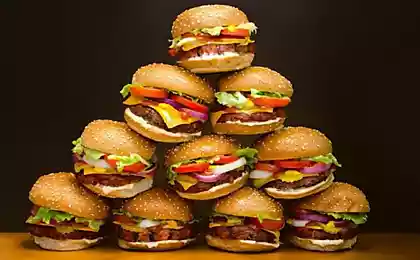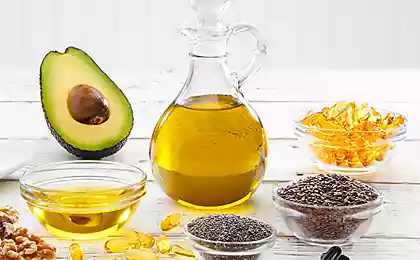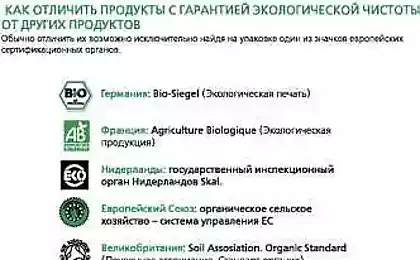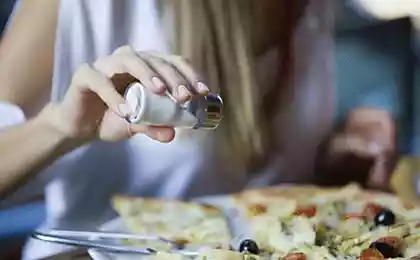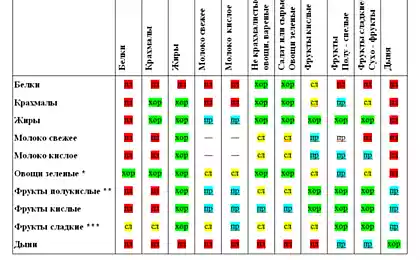218
How to Stop Worrying About Food Quality
Quite often in supermarkets you notice people who scrutinize labels on products. They want to know exactly what they eat.
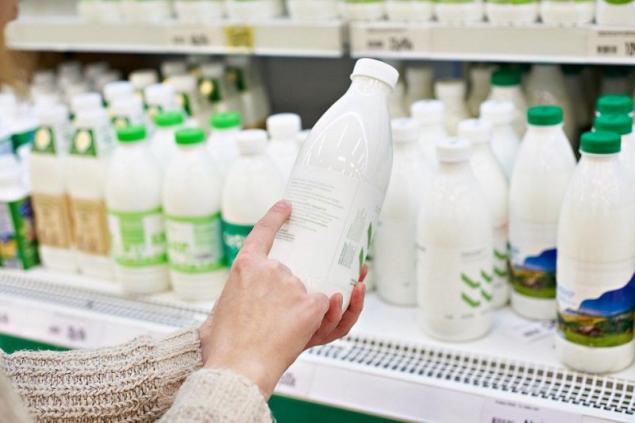
No doubt when you eat right, that’s great! But the often-dense “terrible truth” about harmful chemicals makes customers abandon even products with completely harmless ingredients.
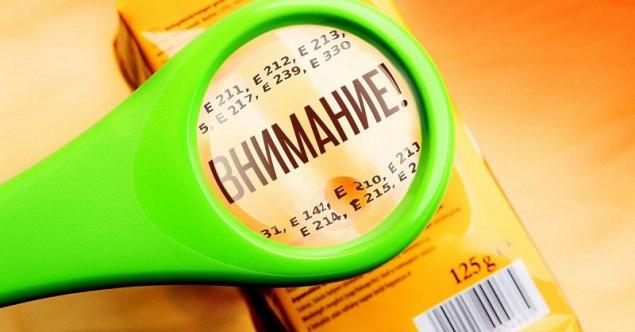
Do you want to stop looking at the ingredients? "Site" It will help you understand which supplements are acceptable or even useful, and which should be avoided.
You can not just take and refuse food additives. Adding certain substances to food, such as salt, starch, vinegar, to improve its taste and prolong its shelf life, people began many centuries ago. "But it's not chemistry!" you say.
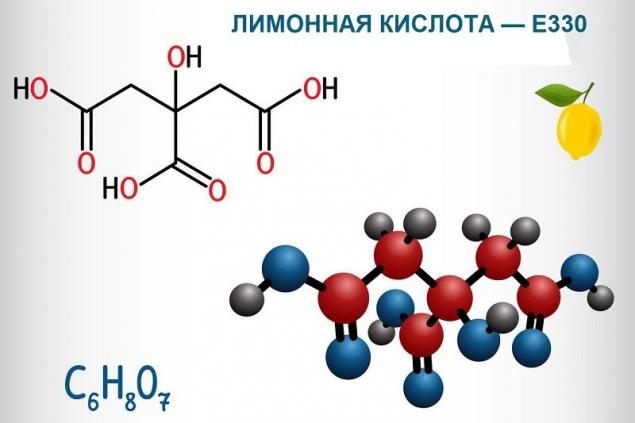
In fact, all substances that are in nature are also chemicals, and food “e-shki” can be absolutely natural. As, for example, citric acid (E330), present in all citrus fruits, carotene (E160) or vitamin B2 (E101) from tomatoes.
If an additive has an E index, which scares everyone, it means that it has been tested by scientists and approved in the Code Alimentarius, a set of international food standards adopted by the Food Organization of the United Nations (FAO).
You can eat food with such additives. As long as food shelf life, packaging requirements and permissible concentrations are met, most food additives do not cause harm. The devil, as always, is in the details.
First, not everything that is allowed is useful. Supplements in the amounts found in food do not cause obvious harm, but can cause individual reactions, the same allergies.
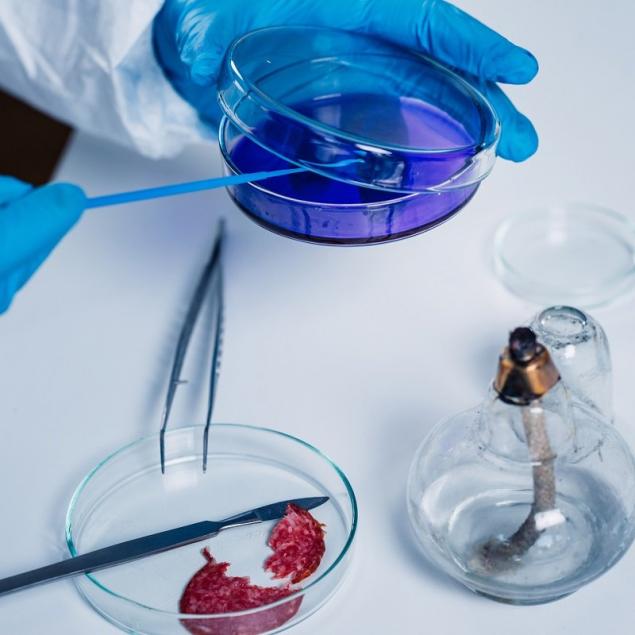
Second, research is still ongoing, so we hear about supplements that are “more harmful than we previously thought.” E-shek combinations have not been sufficiently studied. Two harmless supplements can sometimes turn into a third.
And besides, it is impossible to be sure whether the manufacturer complied with all the rules and regulations in the manufacture of the product and whether the list of additives corresponds to the real content. For us, all of this means one thing: the less in the supplement product, the better, and this has not been canceled yet.
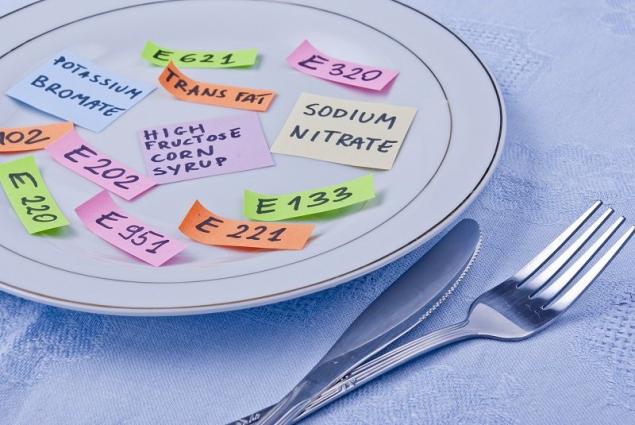
By 2020, the European Food Safety Authority (EFSA) must re-evaluate all dietary supplements that were allowed in the EU before 20 January 2009. This means that we are waiting for a lot of interesting information about what we eat every day.
Each additive in the International Digital Codification System (INS) is assigned a numerical three- or four-digit code (in Europe it begins with the letter “E”).
People have this way of determining harmfulness of E-additivesThe smaller the number after the letter "E", the safer the additive. In fact, this is naturally not the case. The first number indicates the type of additive: 1 - dyes, 2 - preservatives and so on. Remember!
Categories
We are so used to harmful additives that we do not even suspect that there are useful ones in the products.
Useful and neutral supplements
In fat-rich foods, antioxidants are used to protect against rancidity, color changes and taste. One of the most common antioxidants is ascorbic acid E300 (vitamin C).
The most common supplements
We recommend you to read the list of the most dangerous food additives and find out how they can affect your body.
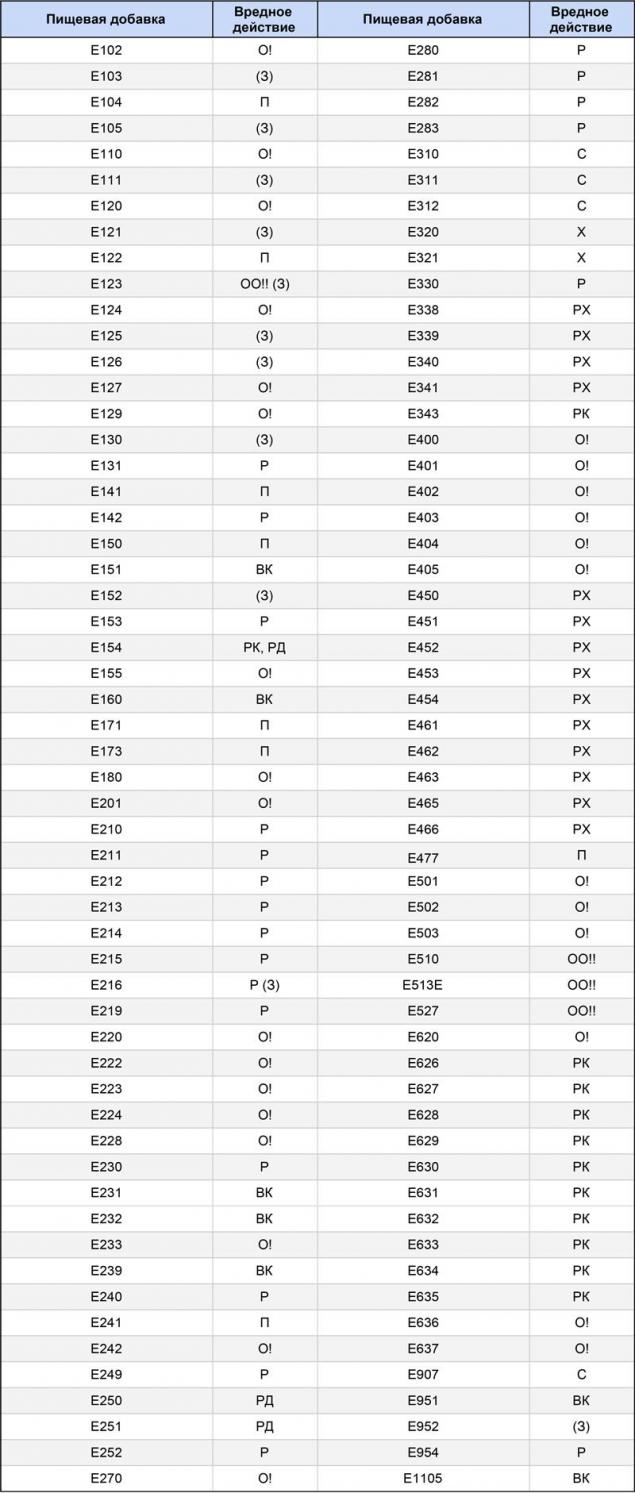
Transcription
Food habits of children are formed thanks to their parents. It is very important that the child has the right view of nutrition. So. dietary supplements Often used in confectionery products that children adore.
With the abuse of these products, they may develop allergies, chronic diseases of the digestive tract, hyperactivity syndrome. In order not to harm the baby, parents should not be lazy to carefully study the labels of purchased goods and not be seduced by a beautiful packaging depicting their favorite cartoon characters.
There is nothing more important than health to preserve, eat a variety of foods and give preference to unprocessed or underprocessed foods, in which supplements are usually not allowed.

No doubt when you eat right, that’s great! But the often-dense “terrible truth” about harmful chemicals makes customers abandon even products with completely harmless ingredients.

Do you want to stop looking at the ingredients? "Site" It will help you understand which supplements are acceptable or even useful, and which should be avoided.
You can not just take and refuse food additives. Adding certain substances to food, such as salt, starch, vinegar, to improve its taste and prolong its shelf life, people began many centuries ago. "But it's not chemistry!" you say.

In fact, all substances that are in nature are also chemicals, and food “e-shki” can be absolutely natural. As, for example, citric acid (E330), present in all citrus fruits, carotene (E160) or vitamin B2 (E101) from tomatoes.
If an additive has an E index, which scares everyone, it means that it has been tested by scientists and approved in the Code Alimentarius, a set of international food standards adopted by the Food Organization of the United Nations (FAO).
You can eat food with such additives. As long as food shelf life, packaging requirements and permissible concentrations are met, most food additives do not cause harm. The devil, as always, is in the details.
First, not everything that is allowed is useful. Supplements in the amounts found in food do not cause obvious harm, but can cause individual reactions, the same allergies.

Second, research is still ongoing, so we hear about supplements that are “more harmful than we previously thought.” E-shek combinations have not been sufficiently studied. Two harmless supplements can sometimes turn into a third.
And besides, it is impossible to be sure whether the manufacturer complied with all the rules and regulations in the manufacture of the product and whether the list of additives corresponds to the real content. For us, all of this means one thing: the less in the supplement product, the better, and this has not been canceled yet.

By 2020, the European Food Safety Authority (EFSA) must re-evaluate all dietary supplements that were allowed in the EU before 20 January 2009. This means that we are waiting for a lot of interesting information about what we eat every day.
Each additive in the International Digital Codification System (INS) is assigned a numerical three- or four-digit code (in Europe it begins with the letter “E”).
People have this way of determining harmfulness of E-additivesThe smaller the number after the letter "E", the safer the additive. In fact, this is naturally not the case. The first number indicates the type of additive: 1 - dyes, 2 - preservatives and so on. Remember!
Categories
- E100-181 - food dyes. Contained in soft drinks, ice cream, confectionery. Most often they are found in confectionery products. Bright colors attract children, so they prefer sweets, drinks, ice cream, desserts stuffed with artificial dyes. 386290
Doctors from the UK conducted studies that proved that food dyes are harmful to the health of children. Initially, it was assumed that this applies only to children, but it turned out that adolescents are at risk.
The European Consumer Organisation (BEUC) has launched the “Caution, Colours!” initiative, which has been actively supported by pediatricians and more than 40 organisations across Europe. They want to ban the use of six dyes: E102, E104, E110, E122, E124, E129.
Manufacturers refer to the fact that these additives are allowed for use in the food industry. This is true, but existing studies do not take into account the characteristics of the child's body. As a result, they compromised. Since 2010, in the European Union there is a rule: on products containing dyes from the “black” list, manufacturers are required to place warning labels. - E200-296 Preservatives that contribute to the preservation of products. They are found in most canned food, chocolate, chips, dry soups, wines.
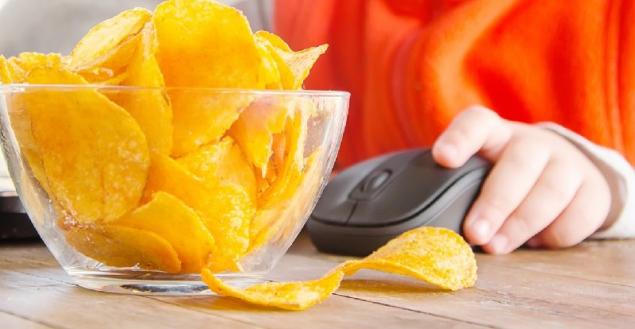
- E300-363 Antioxidants, that is, substances that slow down oxidation. Can be found in fatty foods, canned food, wine, beer, lemonades, sausages, butter, chocolate.
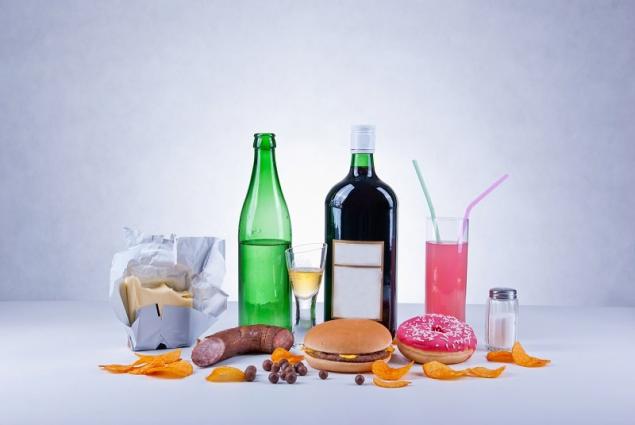
Known to lovers of healthy eating called antioxidants. These include ascorbic (E300), citric (E330) and orthophosphoric acid (E338). - E400-481 Emulsifiers and stabilizers that maintain consistency. Often contained in jams, jams, condensed, various sauces.

- E500-599 Emulsifiers that maintain the homogeneity of the product.
- E600-699 - flavorings and flavor enhancers. It is widely used in fast food.
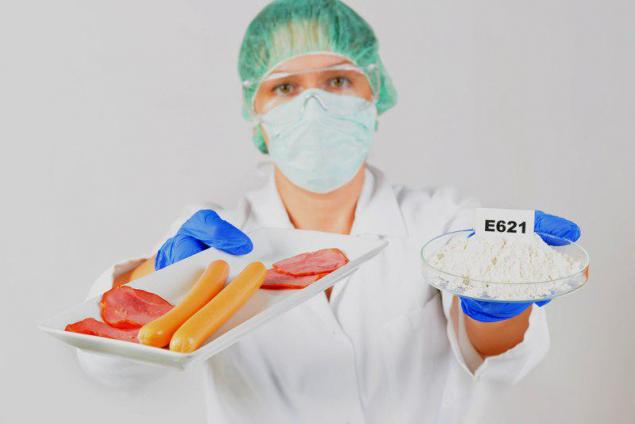
- E900-999 Antifleming to reduce foaming.
- E1100-1105 Enzymes, biological catalysts.
- E1400-1450 Modified starches to create the necessary consistency.
- E1510–1520 - solvents.
We are so used to harmful additives that we do not even suspect that there are useful ones in the products.
Useful and neutral supplements
- E101 is riboflavin, or vitamin B2, which plays a key role in maintaining human health.
- E140 is a harmless substance that gives plants a green color.
- E160a - carotenes, such substances are close in properties to vitamin A.
- E161b - caratinoid lutein, which is recommended to take with reduced visual acuity and as a prophylaxis for people who spend a lot of time at the computer.
- E163 is a group of natural dyes called anthocyanins. In nature, they are contained in the cellular juice of flowers, berries, fruits, coloring them in bright colors.
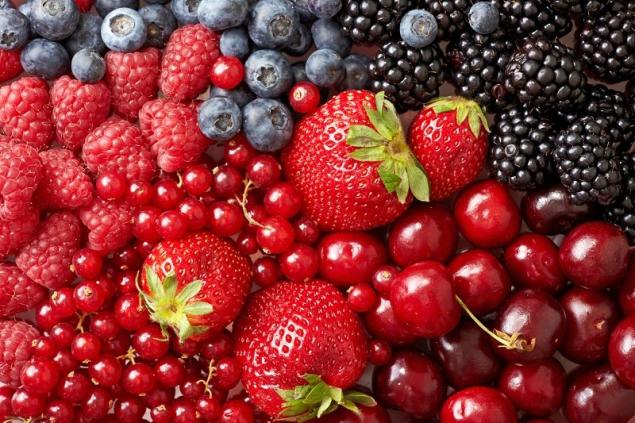
The presence of these components in ready-made foods and vitamins is not only not harmful, but also useful for the body. Anthocyanins are used to prevent bacterial infections, and in complex therapy to treat infectious diseases. - E181 - Tannins, or tannins, are found in green tea and grapes. Used in medicine due to antibacterial, anti-inflammatory and astringent properties.
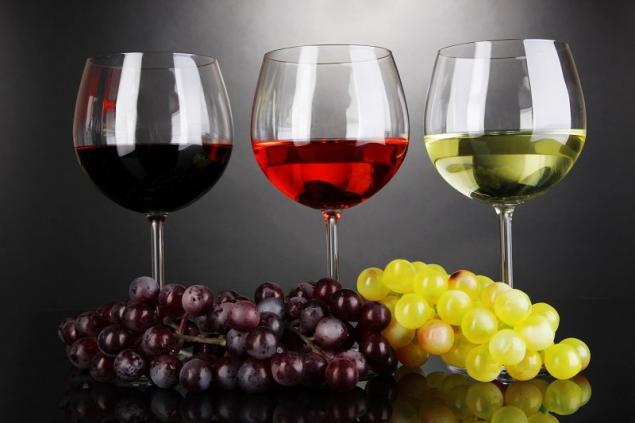
- E202 is potassium sorbate. One of the most popular preservatives is completely harmless.
- E260 is acetic acid. A harmless component of natural origin.
- E290 is carbon dioxide. Nothing but carbon dioxide that turns drinks into sodas.
- E406 is agar-agar, which means algae in Malay. It is a natural substitute for gelatin, which is obtained by extraction from red and brown algae.
- E440 - Pectins, which are rich in apples. They help cleanse the intestines, remove toxins.
In fat-rich foods, antioxidants are used to protect against rancidity, color changes and taste. One of the most common antioxidants is ascorbic acid E300 (vitamin C).
The most common supplements
- E300 - ascorbic acid
- E330 - citric acid
- E322 - lecithin
- E500 - soda
We recommend you to read the list of the most dangerous food additives and find out how they can affect your body.

Transcription
- - Dangerous.
- Oh!!! - very dangerous.
- (D) Prohibited
- RK - causes intestinal disorders
- RD - violates blood pressure
- C - rash
- R - cancer
- RJ causes indigestion
- X - cholesterol
- P is suspicious
- VC - harmful to the skin
Food habits of children are formed thanks to their parents. It is very important that the child has the right view of nutrition. So. dietary supplements Often used in confectionery products that children adore.
With the abuse of these products, they may develop allergies, chronic diseases of the digestive tract, hyperactivity syndrome. In order not to harm the baby, parents should not be lazy to carefully study the labels of purchased goods and not be seduced by a beautiful packaging depicting their favorite cartoon characters.
There is nothing more important than health to preserve, eat a variety of foods and give preference to unprocessed or underprocessed foods, in which supplements are usually not allowed.







